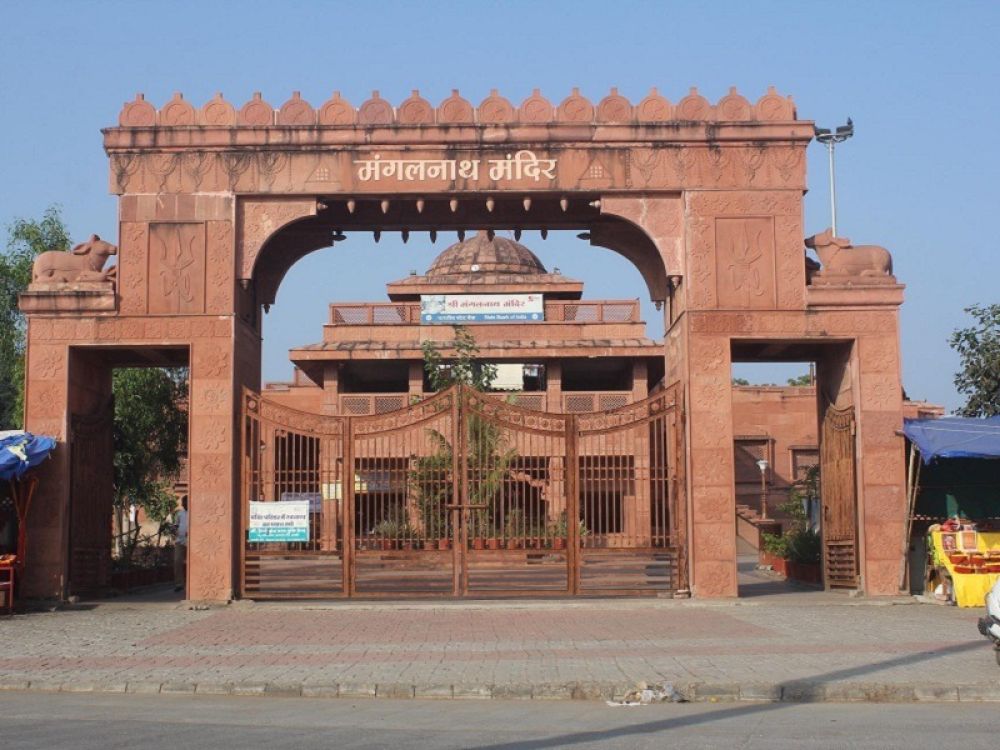

Ujjain, an ancient city located in the heart of India, Madhya Pradesh, is a significant hub of spiritualism and religion. Among its numerous shrines, Mangalnath Temple stands out as a prominent site associated with planet Mars or Mangal. This temple has a rich history that is intricately linked with the cultural and spiritual heritage of India.
According to Hindu mythology, Ujjain is one of the seven sacred cities, known as Sapt Puri. It is also one of the sites of the Kumbh Mela, which is one of the world's largest religious gatherings. The Mangalnath Temple is mentioned in ancient Hindu scriptures and is believed to mark the place where Lord Shiva defeated the demon Tripurasura.
The current structure of the temple is not as ancient as the lore surrounding it. It was renovated throughout various dynasties that ruled over Ujjain, and the temple, as seen today, has been restructured over the past few centuries. Despite the renovations, the temple retains its esteemed position as the most auspicious place to appease Mangal, the god of Mars.
Tourism in Ujjain surged as the city gained prominence for its religious significance and the abundance of architectural marvels. As a part of the city's temple trail, Mangalnath Temple attracts not only the devout but also history buffs, architects, and tourists interested in astronomy due to its unique position which is supposedly ideal for astronomical studies.
Pilgrims and travelers from across the world visit Mangalnath Temple to perform rituals, especially on Tuesdays, which are dedicated to Lord Mangal. The temple offers a tranquil view of the Shipra River, creating a serene environment for visitors. It's not just about religion, but also the pursuit of peace and understanding of Indian culture that draws people to this sacred destination.
In recent years, there has been a rise in spiritual tourism, with travelers seeking experiences that offer personal growth and enlightenment. As part of this trend, Ujjain, with its rich tapestry of history and spirituality, has seen an upsurge in tourist numbers. The government and local authorities are also improving the infrastructure to enhance the experience for visitors, such as better lodging facilities, informative guides, and the implementation of digital technology for temple services and rituals.
Virtual tourism has also become popular, with online portals offering virtual tours and live darshan of the temple, catering to the needs of devotees who can't make the journey in person. Moreover, cultural fairs and festivals around the temple's calendar have been marketed extensively to attract tourists.
For travelers wishing to visit Mangalnath Temple, the city of Ujjain is well-connected by road and rail. The nearest airport is in Indore, about 55 kilometers away. Accommodations range from budget lodgings to more luxurious hotels. It's advisable to plan your visit around the less crowded months if a quiet experience is desired. Also, be mindful of the temple's dress codes and rituals to respect the local customs and practices.
The Mangalnath Temple is a blend of ancient lore, spiritualism, and astronomical significance, making it a unique destination for diverse tourists. As Ujjain continues to evolve as a center for faith and culture, the temple remains a vital piece of the city's rich mosaic, offering a tranquil retreat for those in pursuit of divine experiences.